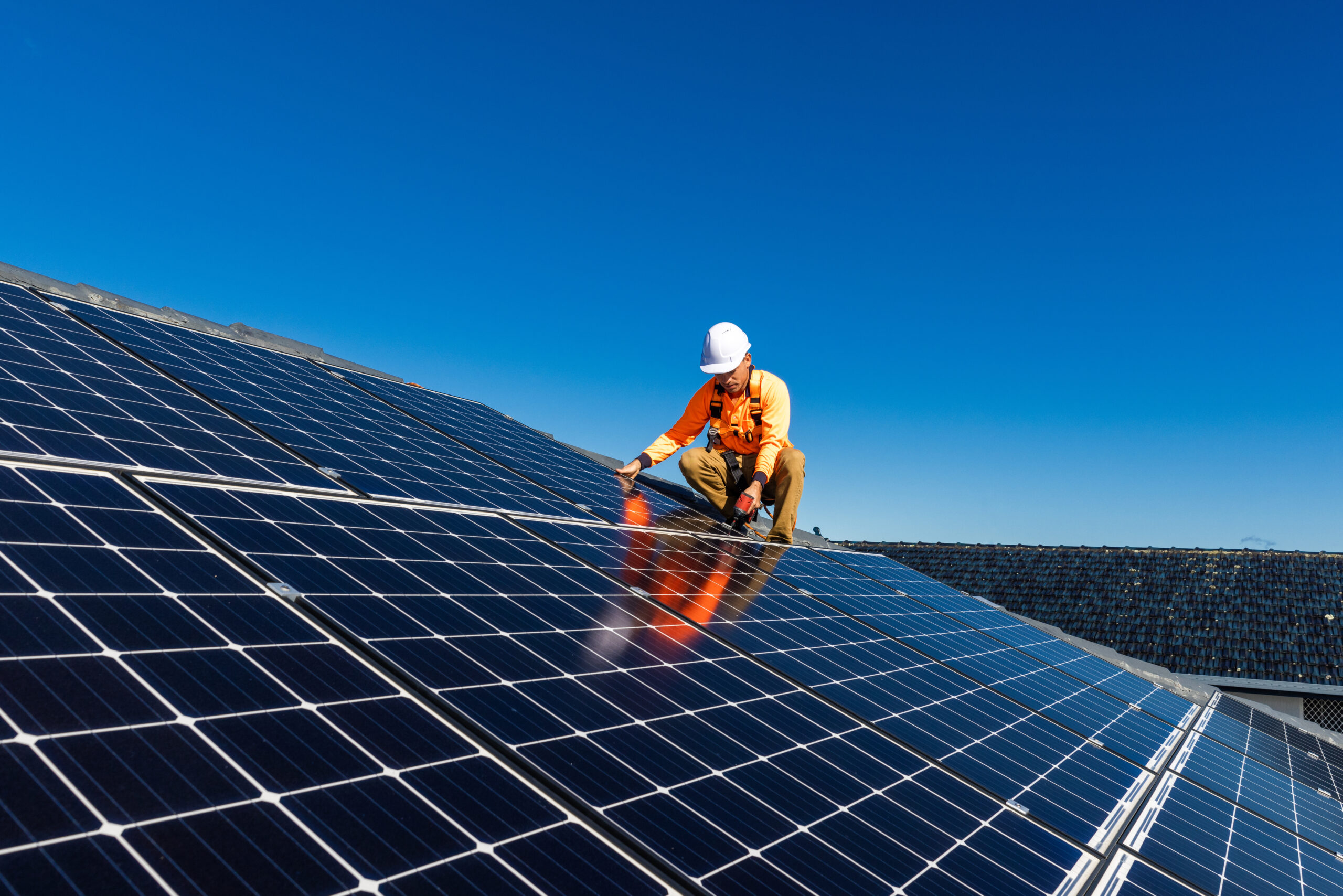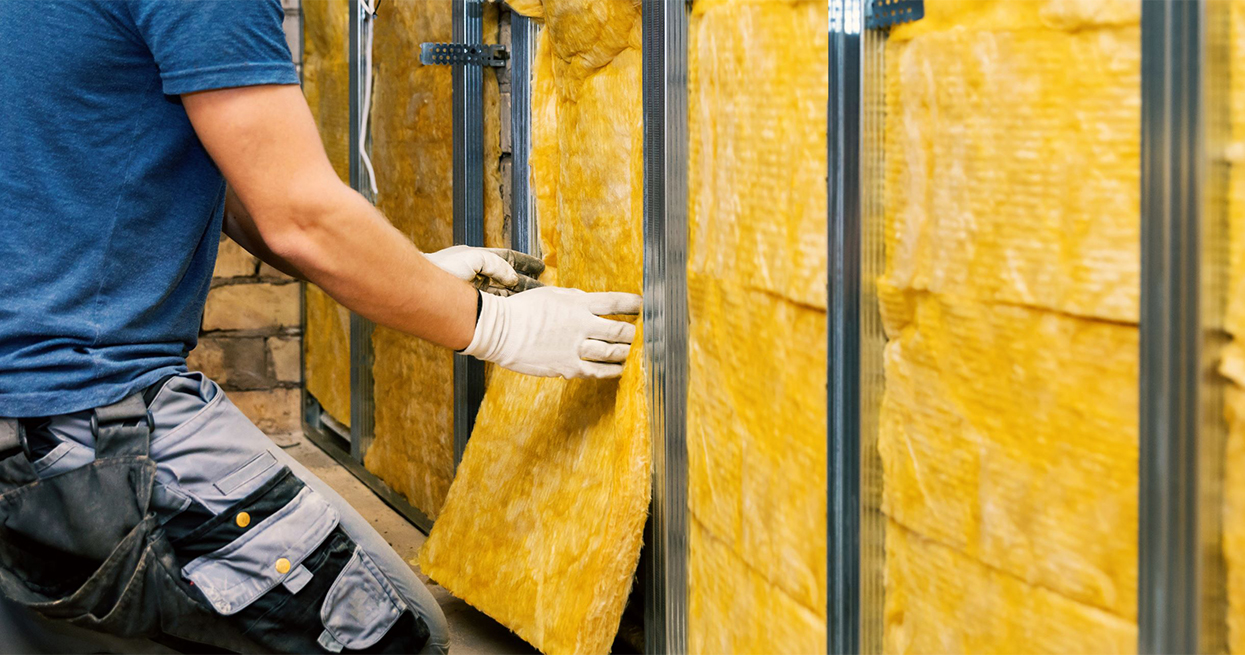Green economy
Pioneer York and North Yorkshire’s USPs within the green economy
The transition to carbon negative is an overarching ambition of the Combined Authority and should be threaded throughout all our thematic priorities. This section draws out York and North Yorkshire’s major assets and key USPs linked to the agenda and how the area could be a trailblazer for the UK.
Maximize carbon storage and biodiversity improvement opportunities from our high potential natural capital assets
Land and marine are critical natural assets. They sequester and store carbon so are essential resources to mitigate climate change. With two National Parks, three National Landscapes, 77% of the land used for agriculture and significant marine and coastal habitats, there is an abundance of natural capital that could be maximised to secure investment and support our economy to thrive.
The sub-region also includes the UK’s largest area of energy crops and our uplands are home to 5% of the world’s blanket bog, offering an opportunity to secure over 38my of carbon.
If we fail to increase investment in our natural capital, we risk continued degradation of our natural capital – resulting in a loss in the sector’s GVA, and an increase in greenhouse gas (GHG) emissions, owing to our region’s high proportion of degraded peatlands, which will continue to emit carbon unless they are restored.
Local and national carbon emissions targets will drive growth in the renewable energy sector
Renewable energy produced in York and North Yorkshire is mostly based within Selby, which is the largest contributor to the UK’s renewable electricity (~8% in 2022). This is mostly driven by plant biomass with Selby contributing nearly 50% of the UK’s production.
Outside of Selby, the renewable capacity in the sub-region is modest and must expand rapidly to meet our net zero target. Disproportionately low solar and onshore wind assets represent the lack of distributed generation in York and North Yorkshire. Despite having 3.4% of UK land and 1.24% of UK population, solar and onshore wind capacities are only ~0.8% and ~0.4% of the UK total, respectively.
The development of York and North Yorkshire’s Local Area Energy Plans has shown that the sub-region has sufficient land to install renewables to be energy self-sufficient. There are also strong coastal opportunities linked to energy, such as off-shore industries in Whitby.
Growing the renewable energy sector provides a potential opportunity for skills transfers, particularly for those employed in carbon intensive sectors that could see a decline. For example, movement could take place for those in fishing to green offshore energy or seaweed farming.
Our focus will be to…
- Position York and North Yorkshire as a trailblazer for the UK’s net zero ambitions
- Protect and enhance our biodiversity and natural capital to capture more carbon
- Support innovation and growth in the renewable energy sector


